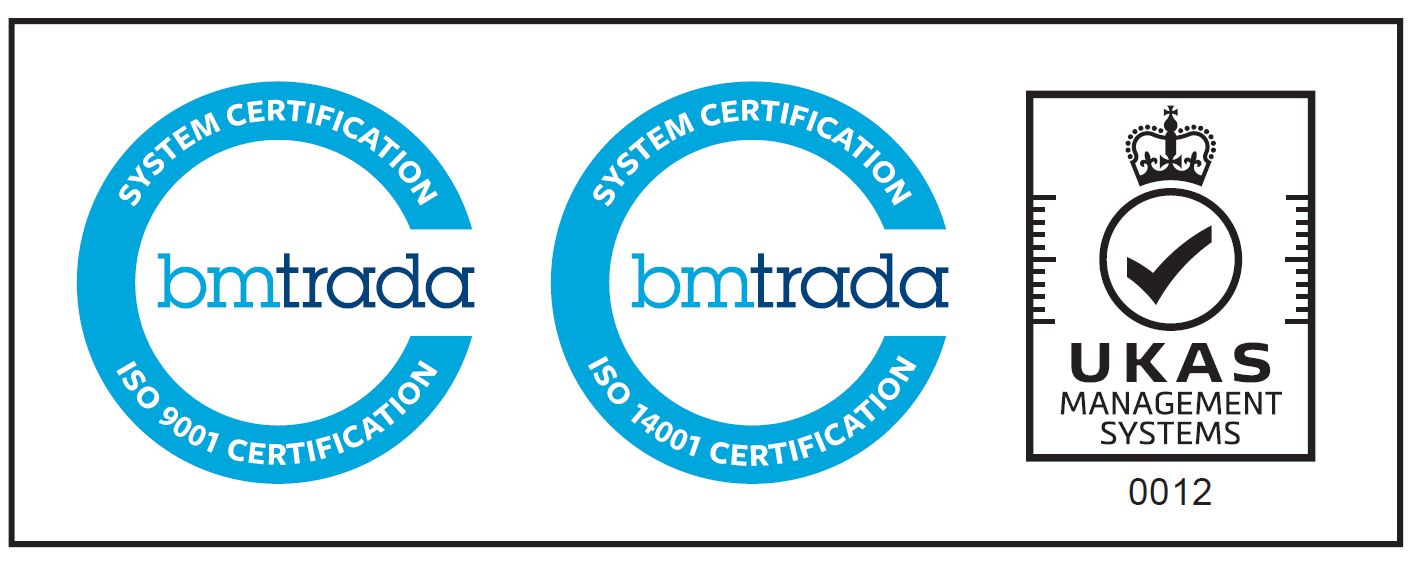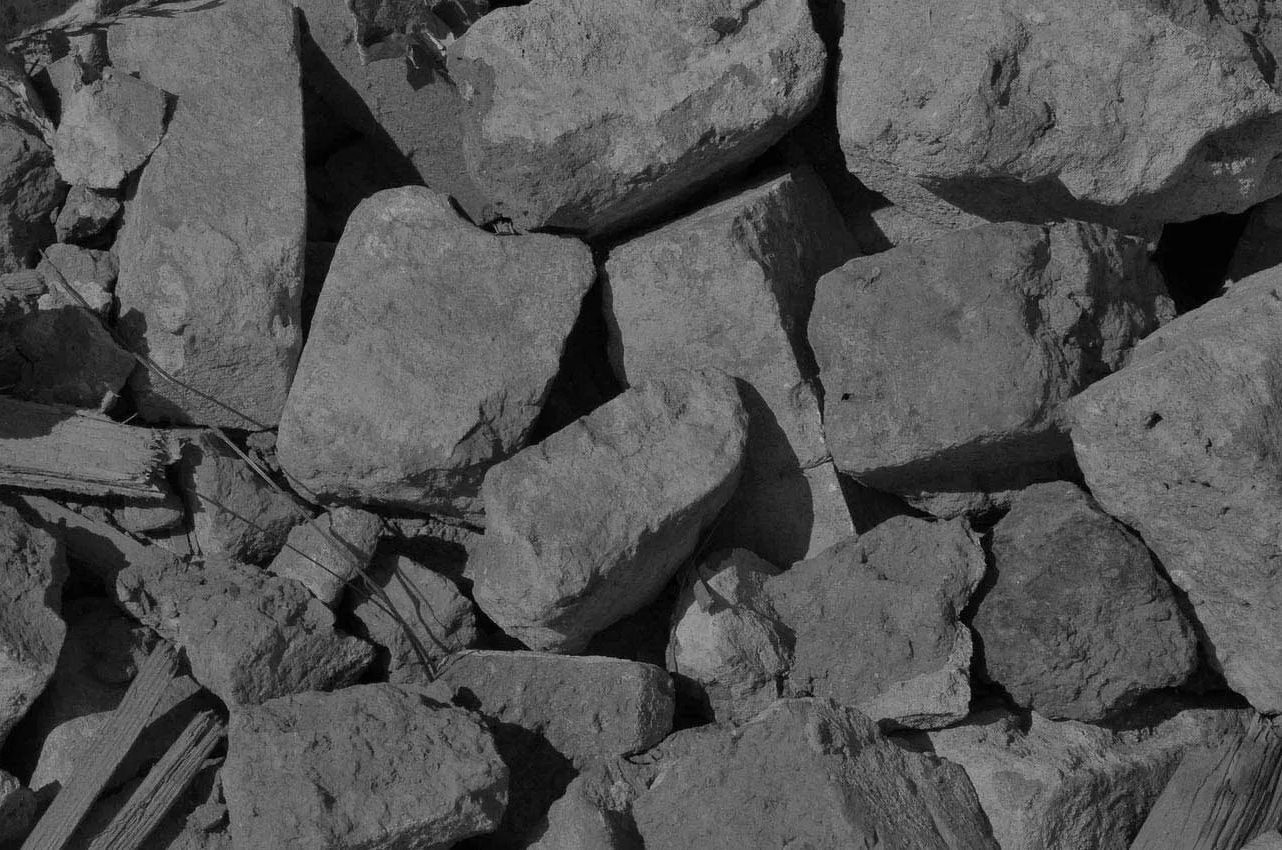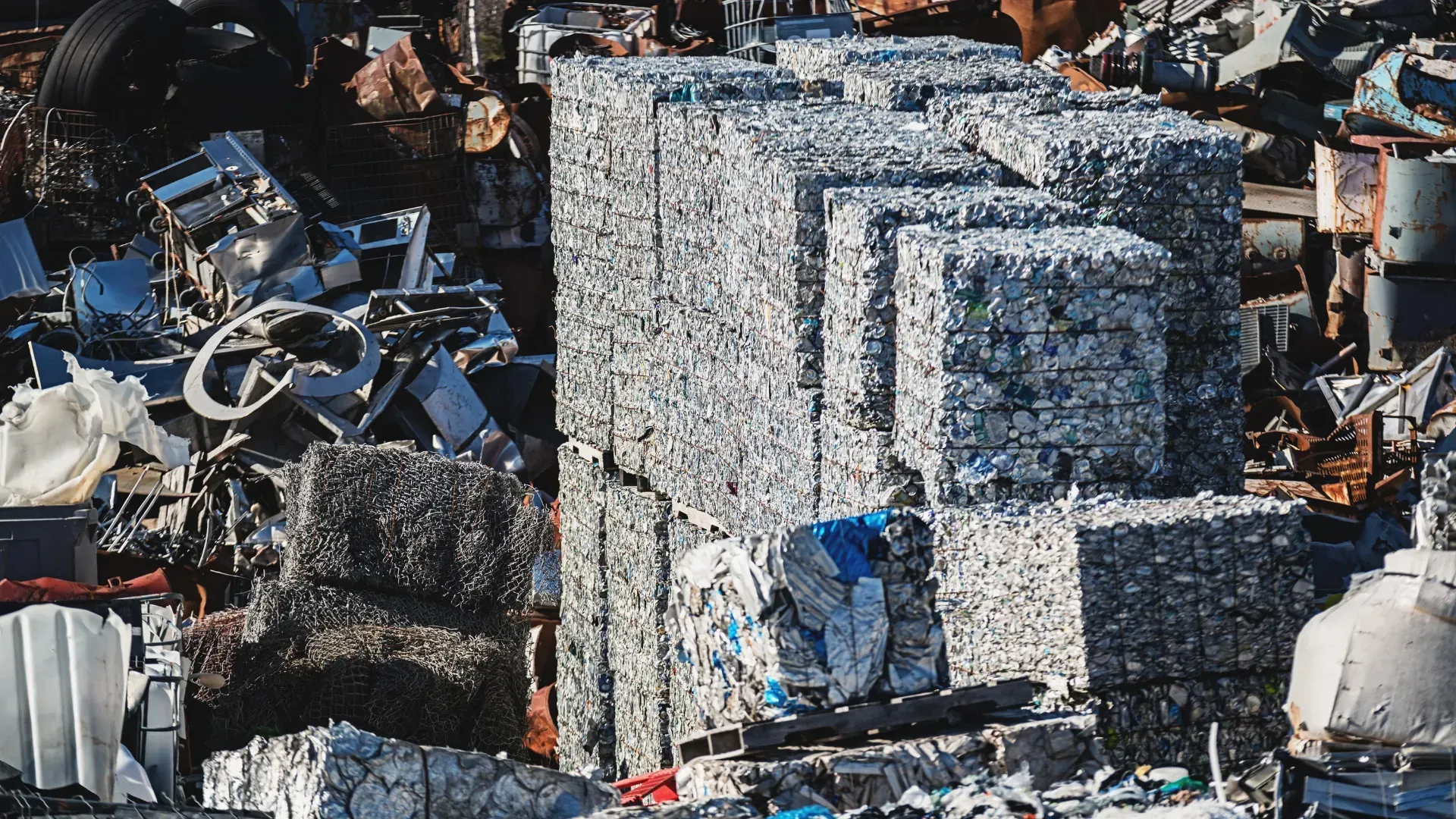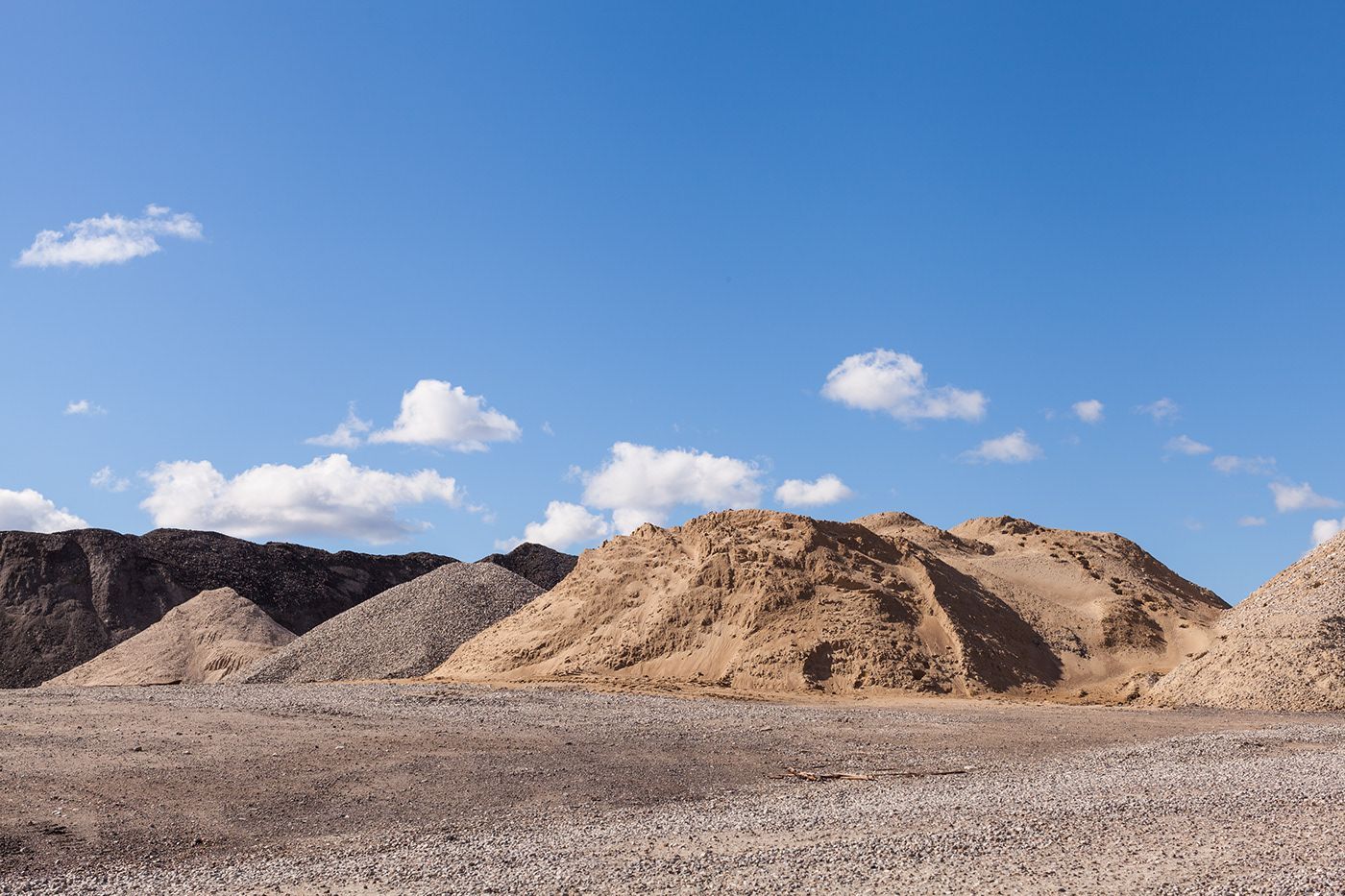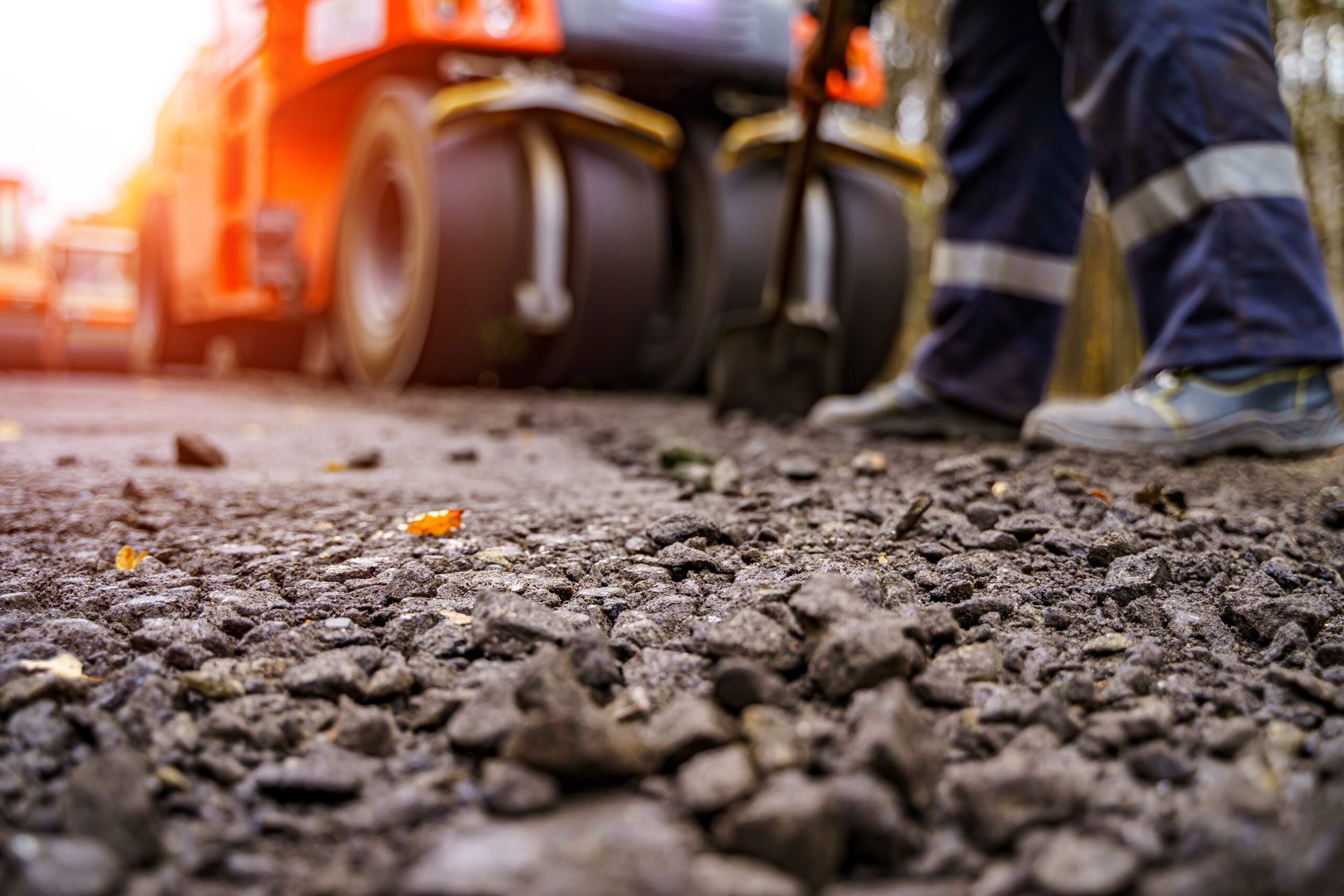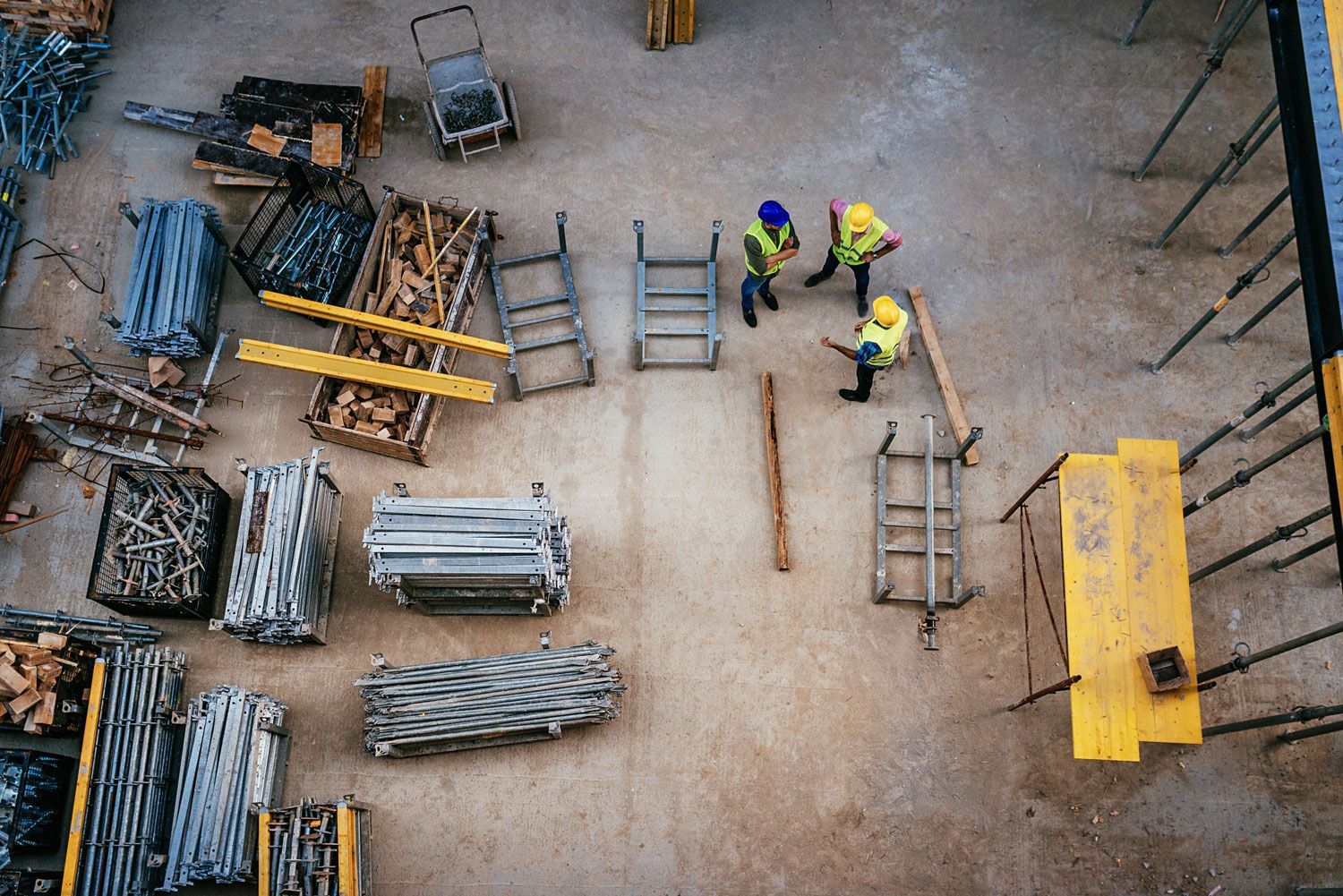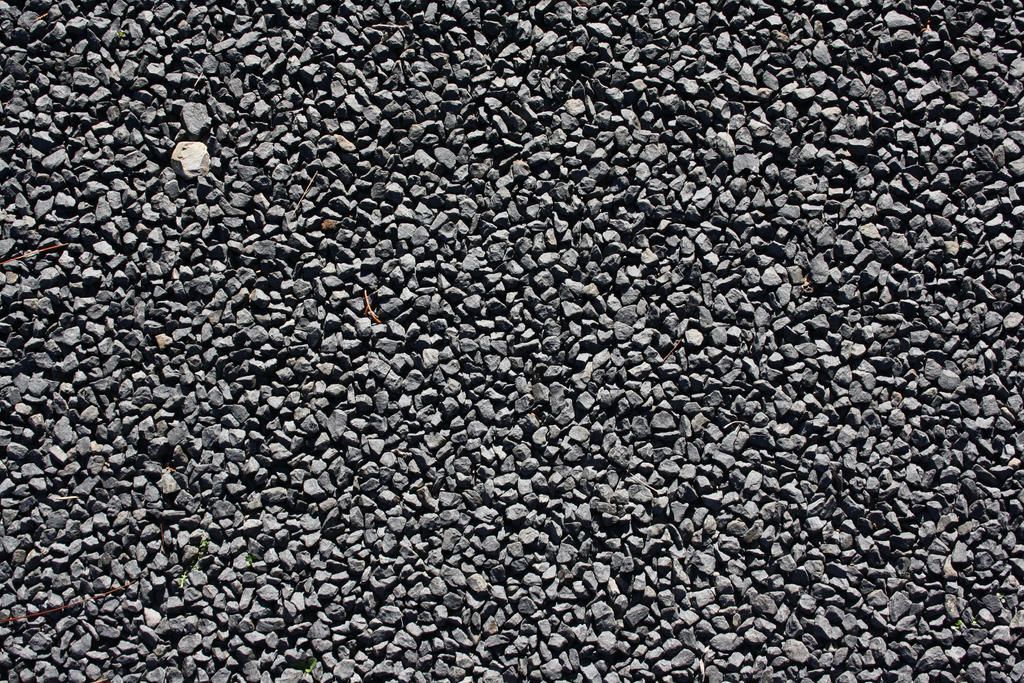Building a Stone Retaining Wall: What You Should Know
Retaining walls are used to hold back the soil or clay that would otherwise fall into your garden or onto a roadway. The walls may be quite short, or they can stand several stories tall. However, you can’t just stack a bit of stone and expect it to hold up a hillside. This requires careful planning, and the construction is just as important as the planning.
Here’s all you need to know.
Why Retaining Walls Fail
A retaining wall comes under enormous strain and it’s not recommended that you build your own retaining wall for anything over 4 feet. You can either cut into the side of the hill and create a step terrace with retaining walls on each level, or you’ll need to bring in an engineer. It’s important to prevent the wall from collapsing when the soil becomes saturated with rain, so it must be properly built, with drainage included. The most common reason a retaining wall collapses is due to poor drainage. As it rains or snows, the ground behind the wall becomes soaked with water. Without proper drainage, it simply sits there, gaining weight and adding more pressure to the wall.
Remember, the wall must be built to hold the heaviest amount of soil, which could be several tonnes even for a short wall. Deep footings are also necessary, with the footing built below the frost line.
Using the Right Angles
Your wall should be angled slightly into the hill. Even if you’re building with large pieces of rock or gabions, they should be tilted 7-8 cm for every metre of height. This will help provide counter pressure to the weight of the soil.
Mortared vs. Nonmortared
Short walls, that are less than a metre high, can be dry-stacked stone. This allows for the water in the soil to seep through the cracks in the stone and will help ease any pressure that is caused by heavy rainfall or precipitation in general.
If you do use mortar, your wall may be a little higher, but you do need to be careful to add in drainage. It will need a proper footing with gravel and landscaping fabric to ensure proper drainage is accounted for. Without this, your wall is more likely to give way under high pressure.
Inspect Regularly
You should always check your wall for signs of failure. Fortunately, most retaining walls fail rather slowly. You’ll notice a bulge over time or the stone may become displaced bit by bit. Either of these signs shows that you need to make some adjustments.
By keeping an eye on the wall, you’ll notice when something changes and can take steps to fix the issue. Be sure to act early so you don’t need to pull the entire wall down and rebuild it. The sooner you resolve the issue, the easier the solution will be.
Are you looking for stone to build your retaining wall? At William Thompson & Son, we offer gabion stone and armour stone for all your building needs. Contact us to learn more.
